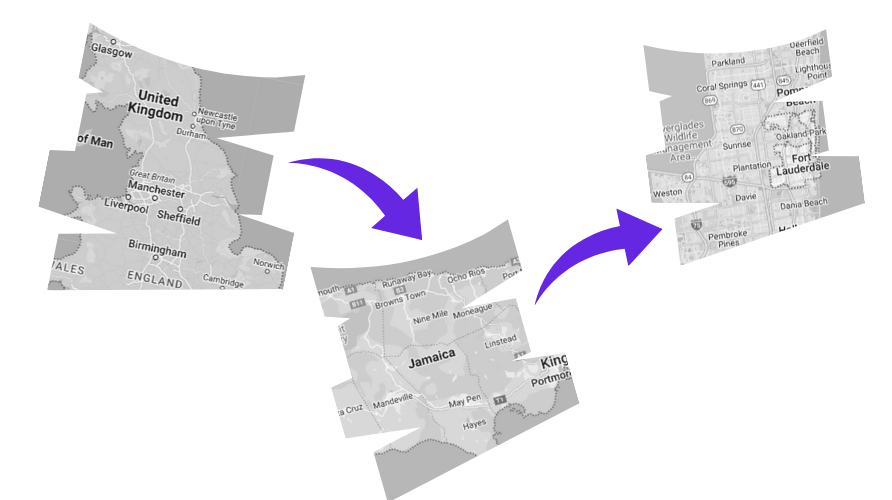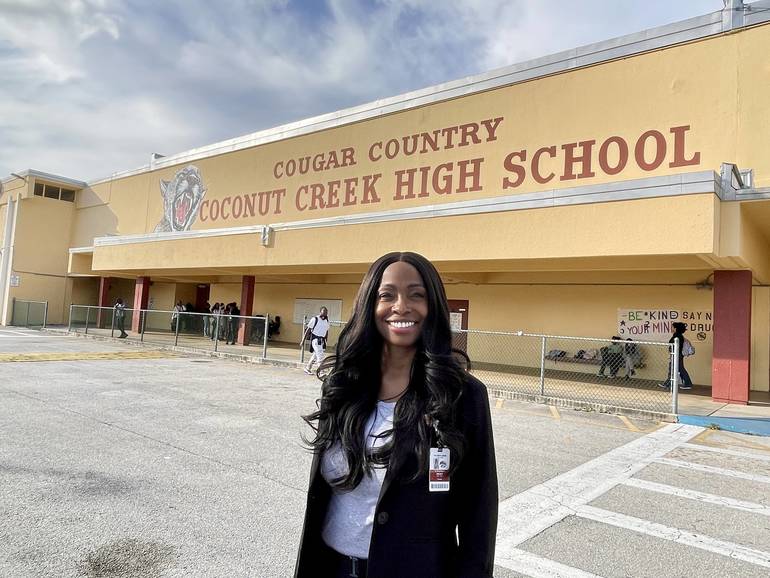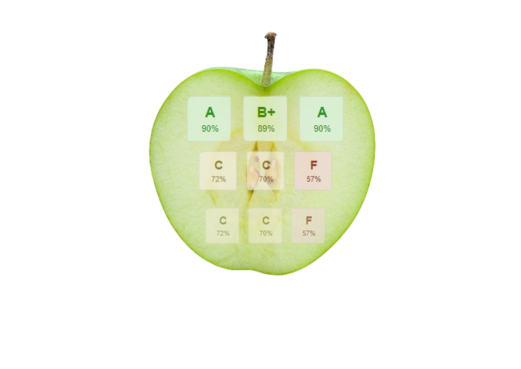
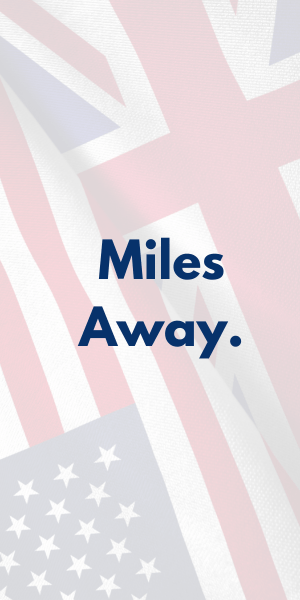
Culture shock
Editorial by Tia-Ann Spence

After spending my childhood in British public schools (in both Jamaica and the United Kingdom), I moved to the United States to finish high school. I quickly realized many crucial differences between the American and British curriculums and general school cultures. After experiencing both, I can see why many American public-school-attending students are struggling.
When I first arrived and started high school, I thought that the students would look like they do in the movies: best clothes on, hair done, nails done, etc. But when I arrived, I realized that the way American teens dress is quite different to British teens.
While we had uniforms to promote discipline and student unity in the U.K., in America, students can wear whatever they want as long as they are dressed. This is especially prominent during winter when most students can be seen in pajamas or ‘house clothes’, and during the summer when the Dress Code is massively thrown out of the window and disregarded by most; especially female students.
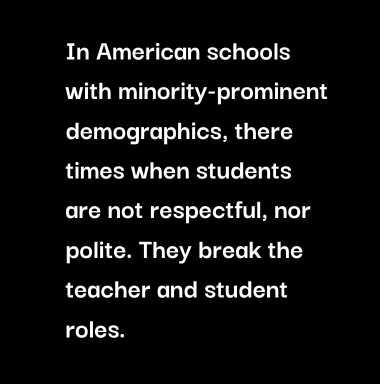
Another shock came when I had to buy supplies in the U.S. I was used to just buying my school bag, uniform, a pencil case, and pens. But when I came to the U.S., apart from school bags, pencil cases, and pens, I also had to buy a binder, folder, and my own paper (since U.S. schools use binders; not school-bought workbooks that U.K. schools provide). In addition to the lack of class workbooks, a lot of the textbooks that the U.K. uses are mostly online or kept in the class. Most U.K. students do not have to worry about carrying heavy textbooks home.
In the U.K., the second you start your education you call your teachers by their title then last name like, ‘Sir …,’ ‘Mister…,’ or ‘Miss …’ It is the basic standard and is followed by students. Students will always respect the teacher, be polite, and maintain the difference of their roles with each other while teachers remain professional.
But in American schools with minority-prominent demographics, there times when students are not respectful, nor polite. They break the teacher and student roles. For example, if you spend long enough in some U.S. schools (not just Creek; I’ve attened others) you will see students and teachers refer to each other with “friend nicknames” (like ‘gurl’ and ‘boo’), rather than in professional terms. You may hear teachers and students casually swear and ‘spill the tea’. These are exceptions, not the rule. But it is part of American high school culture, for sure.
By the time my first week of American high school was finished, I was already packing three-plus snacks in my bag due to hunger and thirst.
You see, in British schools we are served healthy and filling food that tastes good. In most schools there, we can choose from hot food, like chicken curry with white rice, or from cold food, like salads or sandwiches. In either case, you get a fruit and a drink.







Apart from a wider choice of food options in the U.K., most public high schools in America serve carton-sized drinks of milk or occasional juice. While in the U.K., students can splurge on full-sized bottles of water, flavored water, and juice every day.
This significant difference might be the priority on school food in the U.K., and that U.K. students pay around £2.50 ($3.18) for lunch each day. Many minority public American schools offer free school lunch. But students in the U.K. can apply for reduced or free lunch and still get the same food as others.
On the other hand, in America many public schools have low budgets and school food is near the bottom of their priority list. Students are left to bring their own snacks, buy overpriced snacks from vending machines that constantly break, or eat food from the cafeteria that isn’t the healthiest (many of these food are processed to save money).
Combine these facts with America’s habit of eating food with excessive amounts of unhealthy chemicals in the food here, and there are a combination of health issues that can result.
Finally, to top the cherry on why American school systems need to change and follow some ideas from the U.K. : The grading system.

This image compares the university systems in the U.S. with the U.K. A motivated scale is employed in a few U.K. high schools to grade students up until their GCSE years, when a 9–1 point system is utilized.
In the U.K., repeating a grade is exceedingly uncommon, however in the U.S., due to the No Child Left Behind Act (2002), children are required to repeat a grade if they fail to fulfill the prescribed standards for that grade. This causes many kids to be significantly older than the anticipated grade, which can impact how they view other people and themselves. The grading system for students is another problem.
In U.S. high schools, a passing score on an exam is 60%, however in U.K. high schools, it is 40%. Even while there may not seem to be much of a difference, if you look at the numbers, students in the U.S. who complete their classes but fail their exams by 1% can pass them instead of having to retake them.
The U.K. employs the idea of your social impacts are just as important as grades. Yet on the other hand, the U.S. has a GPA (Grade Point Average) and ranking system because there is only one top spot. I think the way kids are ranked and graded in the U.S. can make them feel inferior if they are not at the top.
